
Mastering the art of building successful partnerships requires time and effort. From recruitment to enablement and training, there are crucial steps to maximize your chances of success.
Among these, running effective co-marketing campaigns with your partners takes center stage, as it drives demand and exposes joint offerings to new audiences.
According to Adobe, partnership marketing is hailed as ‘one of the most effective ways to reach untapped markets, cultivate business relationships, and ultimately boost revenue’.
However, when collaborating with another organization, it becomes imperative to prioritize key elements to maximize your return on investment (ROI) in partnership marketing.
Whether you are seeking to enhance an existing partner program by optimizing partner co-marketing or are embarking on the journey of establishing a new partner program, this blog post is tailored to meet your needs.
We will explore the essential components that must be executed correctly for successful co-marketing, including prioritizing the right partners, strategically pinpointing the most effective value proposition messaging, and identifying the most effective medium.
As a result, you can extract the maximum ROI from your partnership marketing efforts.
Understanding Co-Marketing Partnerships
Let's explore the meaning of co-marketing partnerships before delving into the execution strategies.
A co-marketing partnership involves two collaborating partners joining forces to mutually promote each other's solutions or offerings to their shared target audiences.
To illustrate this concept further, let's consider WorkSpan’s co-marketing activity with Partnership Leaders, a renowned community of partnership professionals.
Through this collaboration, we have organized numerous joint events, such as the recent ANZ tour, where we connected with partnership professionals from around the globe.
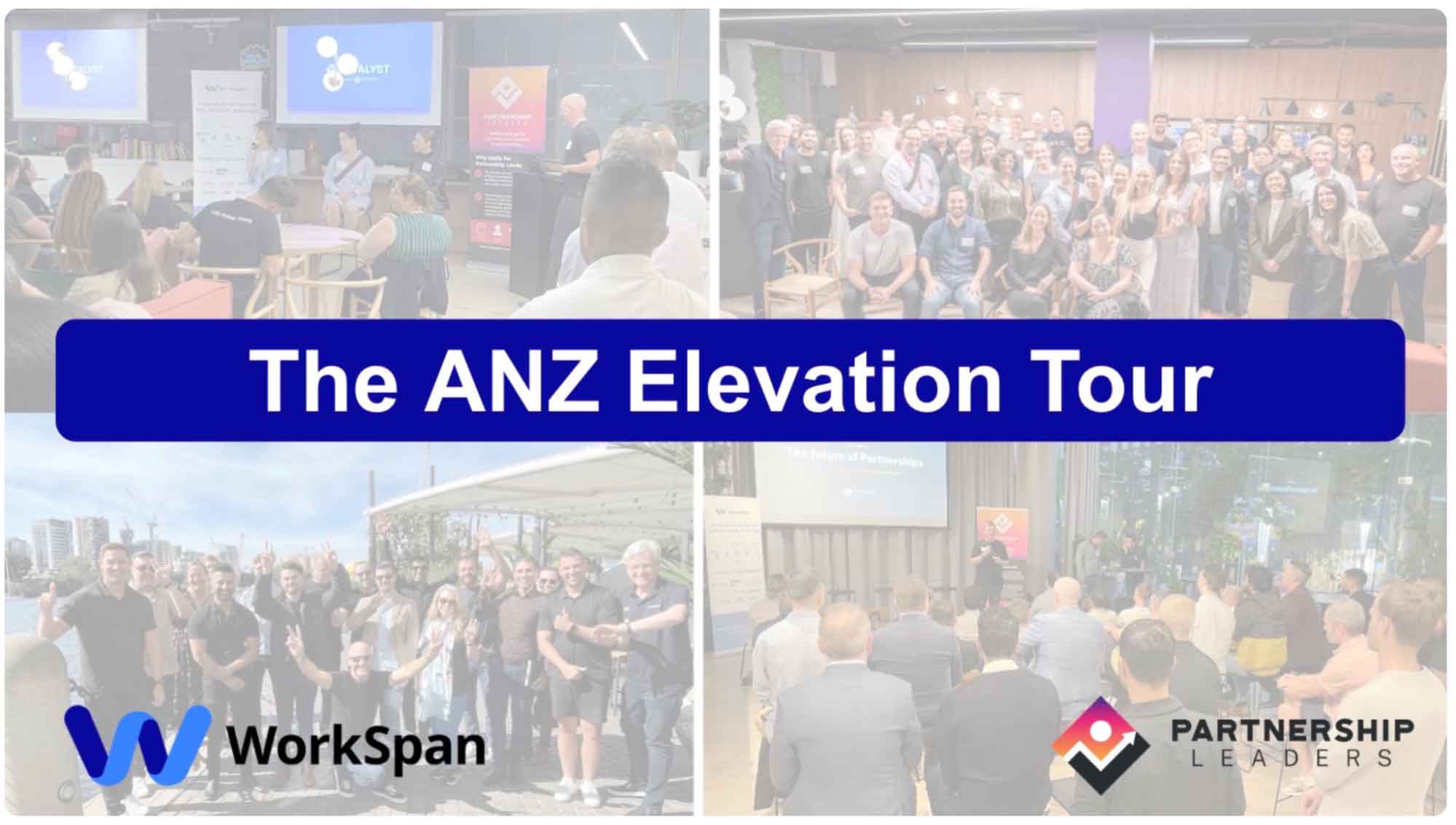
These events exemplify the power of effective partnership co-marketing. They not only raise awareness of the WorkSpan brand among our ideal customer profile—which comprises partnership leaders—but also highlight the value of the Partnership Leaders community to the same audience.
(To dive more into the ins and outs of planning effective partnership co-marketing, check out this video of Liz Fuller, VP of Marketing at Zones)
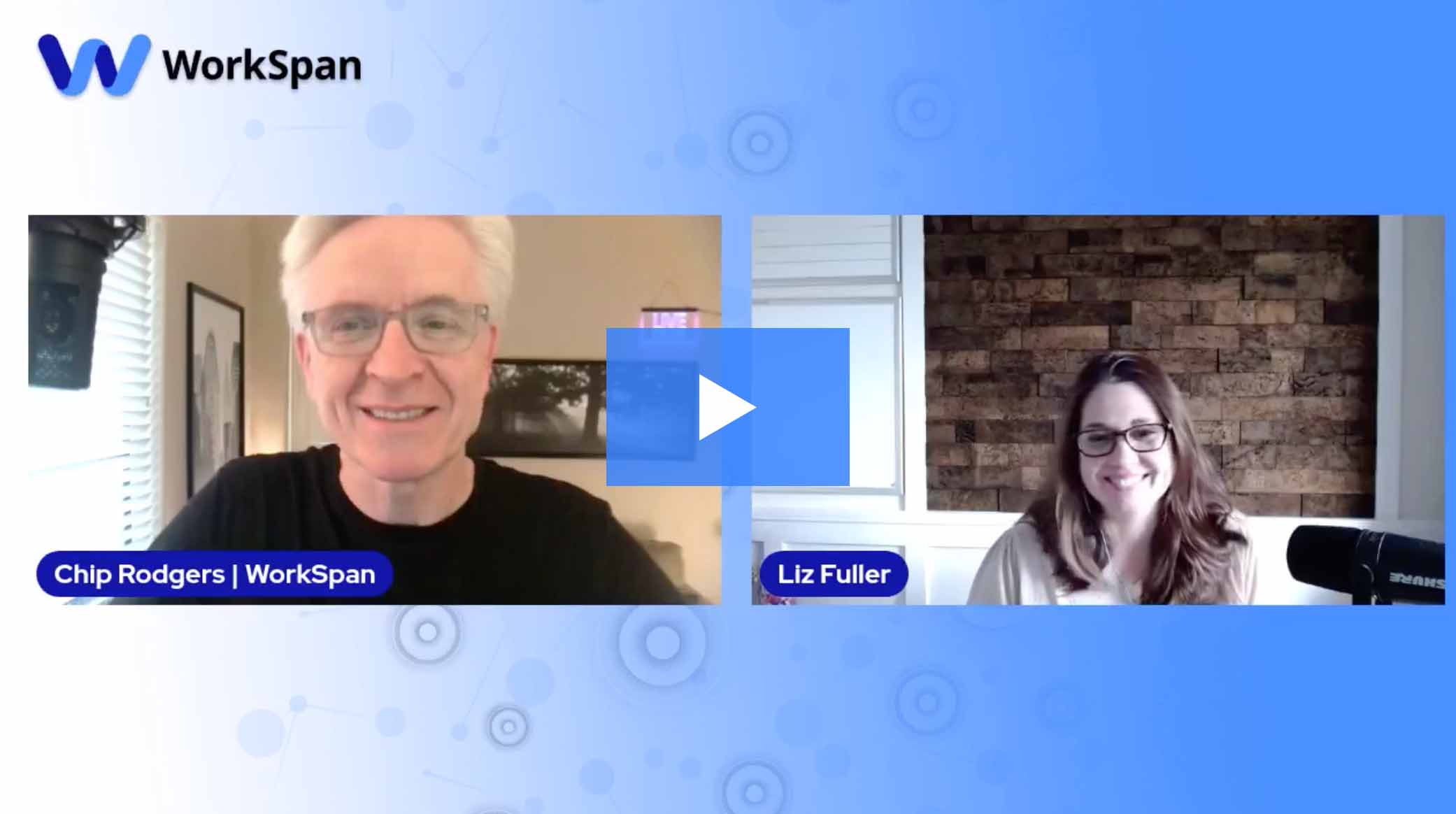
Identify The Right Co-Marketing Partners
The first step in building an effective co-marketing plan is to first select the partners that are the best fit.
Although you may have a number of different partners, they won’t all have the same levels of brand credibility or conduciveness to your working style.
In order to work out who you should prioritize, here are a few factors to consider.
The Partner’s Marketing Resources
An effective co-marketing plan with partners requires a shared commitment from both parties, involving the allocation of resources and time to ensure smooth operations.
While partners may express interest in co-marketing, it's crucial to assess whether they possess the necessary resources to make the collaboration successful. Quantifying their level of commitment becomes essential before entering into a co-marketing agreement.
Failing to understand this step can result in unbalanced co-marketing activities, where one party ends up shouldering most of the responsibilities, potentially leading to an imbalance in efforts and outcomes.
To avoid such pitfalls, it is essential to establish clear communication about the level of commitment and resources each partner is willing to contribute before embarking on your co-marketing plan.
The Partner’s Audience
The next crucial step in selecting collaborators for partner co-marketing is to gain a deep understanding of the shared audience.
Just like with any marketing plan, it is vital to quantify the potential reach of each campaign. By accurately assessing the size and overlap of your shared audience, you can prioritize partner co-marketing campaigns that are poised to generate the greatest impact.
Consider this example: You have two potential partners interested in launching a co-marketing initiative with you.
Partner A has a customer base of 200 and a database of approximately 500 companies.
Partner B, on the other hand, boasts over 1,000 customers and a database of ten thousand companies that matches your customer profile, that they will be promoting your marketing activities to.
In this scenario, Partner B's overall reach far surpasses that of Partner A, making it more likely to deliver a higher return on investment (ROI).
By comprehending the audiences of your partners, you significantly enhance your ability to design partner marketing campaigns that yield the highest ROI.
(To understand how your ecosystem could be the place to go to find co-marketing partners, read our blog post on “The Ultimate Guide For Building A Framework For Your Partner Ecosystem”)
Developing a Partnership Co-Marketing Strategy
Once you have defined your list of partners that you want to co-market with, your next step is working out the strategy in terms of the specific activities you are going to run together, the messaging you are going to use to promote the activity, and the specific audience you are going to target.
Deciding on the partnership marketing activity
When it comes to partner marketing, there is a wide range of activities you can undertake. These activities encompass webinars, shared blog posts, in-person events, and more. However, the question arises: How do you determine which activities to prioritize?
The key tip in prioritizing co-marketing activities with partners lies in understanding your strengths. It is important to consider whether you or your partner have prior experience in running specific activities and possess the necessary expertise to execute them successfully.
For instance, if your company excels in generating leads through serving content and has a wealth of valuable content, collaborating on a shared blog post or other assets with your partner may yield greater mutual benefits compared to organizing a webinar.
By focusing on activities that align with your areas of expertise and are likely to generate significant benefits, you can avoid wasting time and resources on endeavors that do not deliver a satisfactory return on investment (ROI).

Creating The Value Proposition For Your Partner Marketing Activity
Once you have identified the activity you and your partners are going to work together on, the next critical component of your partner marketing plan is to decide upon the messaging that you are going to advertise to your mutual customer base in order to draw demand.
You need to craft a compelling joint value statement before launching the said activity that explains why customers and potential customers should attend your webinar or read your joint blog post.
The value proposition should not be centered on yours and your partner's company or product/ solution, but instead offer value up front.
A good example can be seen from the joint webinar that Aircall and Sales Hacker put on:

As you can see from the image above, the title or value proposition of the webinar is focused on “Unsticking deals”. This messaging resonates with sales team ICPs that both of the co-marketing partners would want to attract, hence benefiting both brands.
Collaborative Co-Marketing Campaign Planning
With your activity and value proposition worked out, the next part of your co-marketing partnership plan is to collaborate with your partners in order to work out what exactly is needed from each of you in order to bring the co-marketing activity to life.
The planning and execution of co-marketing campaigns brings a degree of complexity because you are dealing with separate organizations, each with their own tools, processes and workflows.
At this point you need to define how you are going to work together, and more importantly how to plan and execute on your co-marketing campaign.
Create A Shared Co-Marketing Planner
When collaborating with another organization, it's crucial to stay in sync with your partner counterparts to ensure the smooth execution of the planned activity.
To facilitate this, it's advisable to create a project plan that outlines individual responsibilities and deadlines. This will serve as a central hub for tracking key tasks, preventing co-marketing plans from becoming disorganized and unclear.
You can create such a plan using basic tools like Google Sheets or Excel to design a simple co-marketing planner. Alternatively, project management tools such as Asana and Trello can be utilized for more comprehensive planning.
Additionally, there are now purpose built tools in the market to streamline this process and make collaboration on co-marketing initiatives easy.
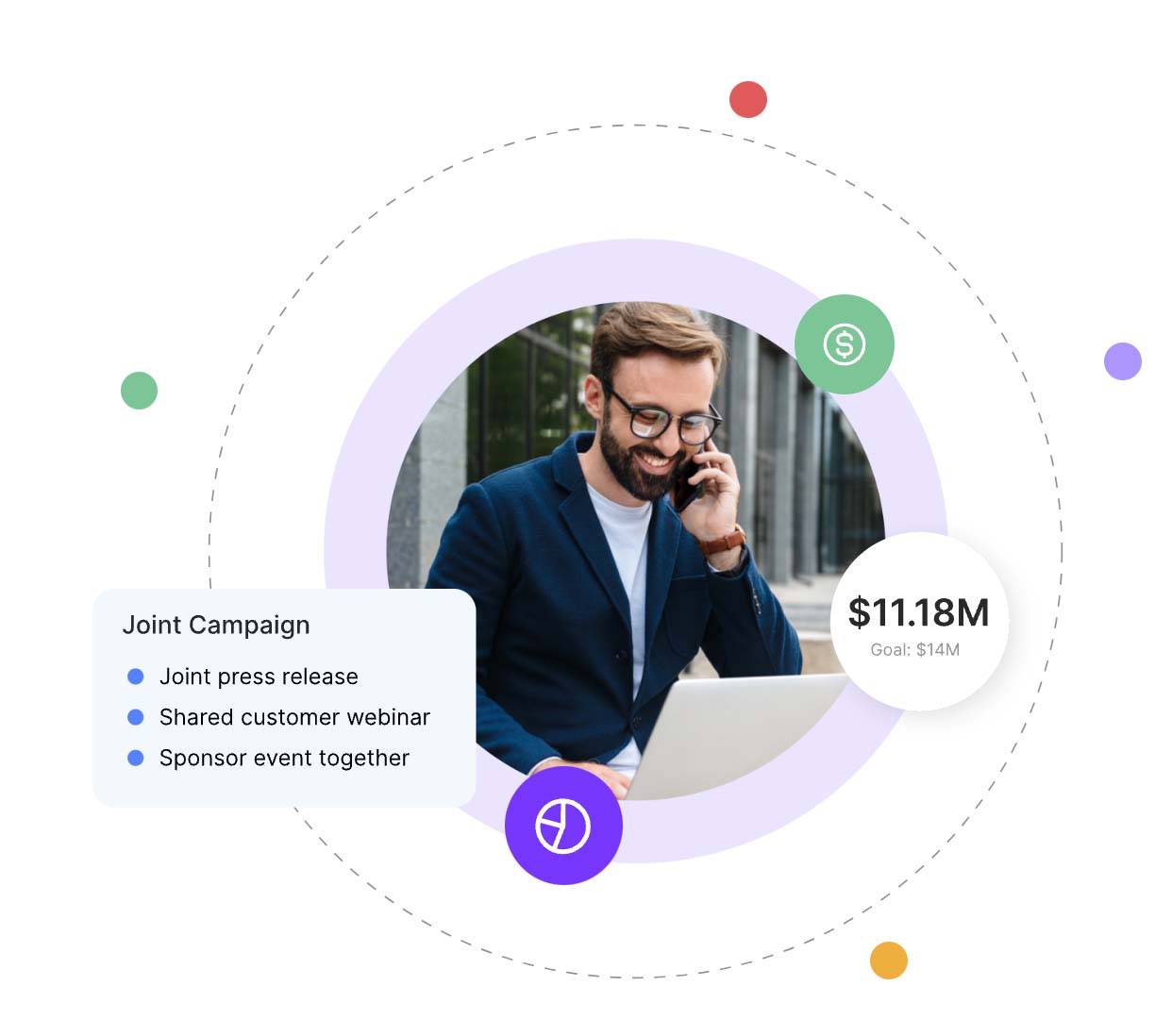
With WorkSpan, you have a single place to manage planning, collaboration, workflow, execution, lead sharing and management, and reporting with co-marketing partners, ultimately making workflows smoother and more efficient to help maximize your plan’s ROI.
Define How You Will Communicate With Co-Marketing Partners
The initial step involves setting up a planner, as discussed in the previous section. However, it's equally important to establish a communication strategy to ensure tasks are being completed and the timeline is being followed.
Communication can take various forms, so it's crucial to agree on the specifics with your partner counterparts. You might consider using Slack for asynchronous updates or alternatively scheduling regular check-in calls leading up to your co-marketing initiative.
Regular communication not only provides clarity but also ensures that everything is proceeding according to plan.
Decide On How to Promote Your Partnership Marketing Activity
The preceding sections primarily discussed the internal planning required for a co-marketing initiative. However, a crucial aspect we haven't yet addressed is how to publicize your co-marketing event to the broader market.
There are several strategies for this, including emailing your database, leveraging social media, and promoting through app messaging.
As we highlighted in our section on choosing the most suitable co-marketing activity for you and your partners, the same principle applies to promoting the activity: play to your strengths.
For instance, if your company has a strong social media presence, while your partner excels in generating interest through email, that's perfectly fine.
As long as each party is utilizing their most effective methods, this will generally be the best approach to promoting your joint activity.
Conduct a Retroactive
Improvement for future endeavors comes from reflecting on past actions, analyzing missteps, and learning from these errors. This principle should be applied to partner marketing plans as well.
After completing an activity with your partner, it's important to review the campaign's outcome (we'll discuss more on this later), evaluate the collaboration process, and identify areas for improvement to enhance future results.
To conduct an effective retrospective meeting, focus on addressing some the following:
- What were the successes?
- What areas needed improvement?
- How did your end users respond?
Some more example question could include these:
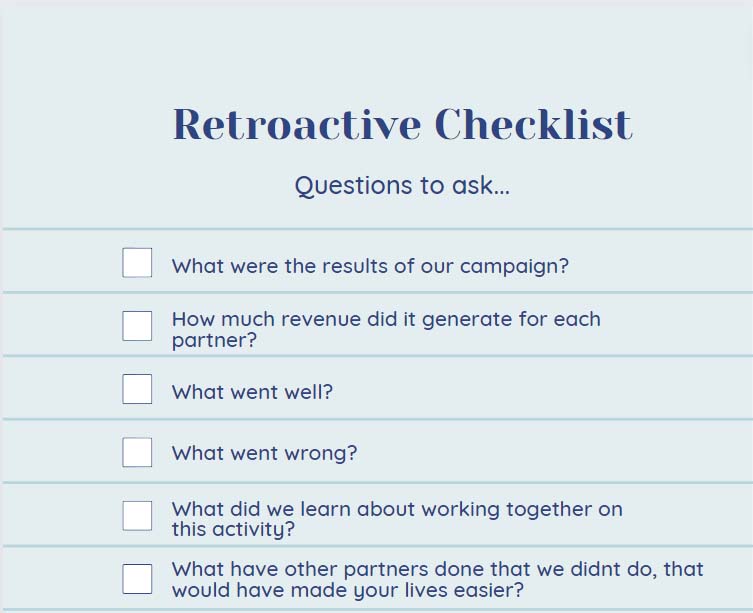
This process not only provides an opportunity for open and honest dialogue, potentially leading to future opportunities, but also allows you to identify strategies to make future co-marketing partnerships more effective.
Measuring and Tracking Partner Marketing ROI
ROI is the goal of everywhere marketer and partner program, and yet a surprising number fail to quantify the "return.
Without implementing measures to accurately assess the value of the co-marketing activities you're conducting with partners, it becomes challenging to gauge their impact and refine what's working or not.
To evaluate the effectiveness of your partnership marketing plan, it's crucial to establish methods to capture campaign-generated leads and track these leads from follow-up to conversion.
By monitoring each lead throughout the campaign, you can identify not only which activities generate the most new leads, but also the overall conversion rate.
For instance, you might discover that a joint webinar attracts more leads, but a shared blog post results in more conversions.
By tracking each aspect, you can gain insights into which activities are most effective, enabling you to conduct more efficient co-marketing activities in the future.
If you're finding it difficult to track co-marketing activities, solutions like WorkSpan can assist. WorkSpan allows partners to bi-directionally connect to each other’s CRM and marketing automation tools, accurately attribute ecosystem activities and equitably distribute leads to the right partners for fast follow up. It also allows you to gain real-time insights into campaign performance with auto-generated reports on goal attainment and partner-sourced lead velocity, making it easy to assess the performance of your co-marketing campaigns.

The Recipe For A Partnership Marketing Plan That Delivers Maximum ROI
In conclusion, this blog post has outlined the essential steps to create a partnership marketing plan that maximizes ROI for your business.
We've covered a range of topics, including choosing the right co-marketing partner, deciding on the activities to undertake with your partners, and tracking the success of partner marketing campaigns.
By adopting a systematic approach to partner co-marketing and considering the above points as a guideline for your upcoming partner marketing activities, you can enhance your chances of success.
If you're seeking to simplify this process further, WorkSpan offers a solution that automates most of the planning and execution steps required for a successful campaign.
To learn more about how WorkSpan can assist you in running impactful co-marketing initiatives, consider booking a demo.
For more tactical information on partnerships, you might find our E-Book useful. It discusses another crucial aspect of partnering for market reach - co-selling. Check it out below.
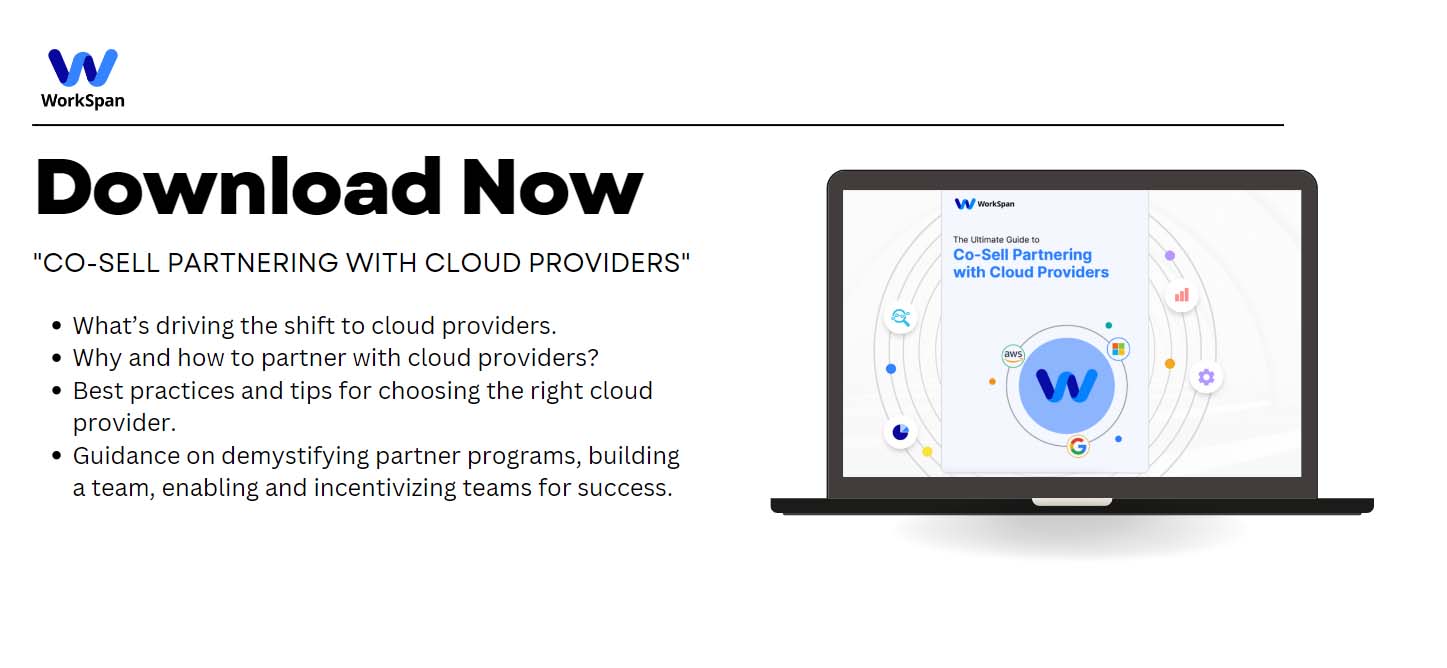
Heading
Heading 1
Heading 2
Heading 3
Heading 4
Heading 5
Heading 6
Lorem ipsum dolor sit amet, consectetur adipiscing elit, sed do eiusmod tempor incididunt ut labore et dolore magna aliqua. Ut enim ad minim veniam, quis nostrud exercitation ullamco laboris nisi ut aliquip ex ea commodo consequat. Duis aute irure dolor in reprehenderit in voluptate velit esse cillum dolore eu fugiat nulla pariatur.
Block quote
Ordered list
- Item 1
- Item 2
- Item 3
Unordered list
- Item A
- Item B
- Item C
Bold text
Emphasis
Superscript
Subscript





.png)